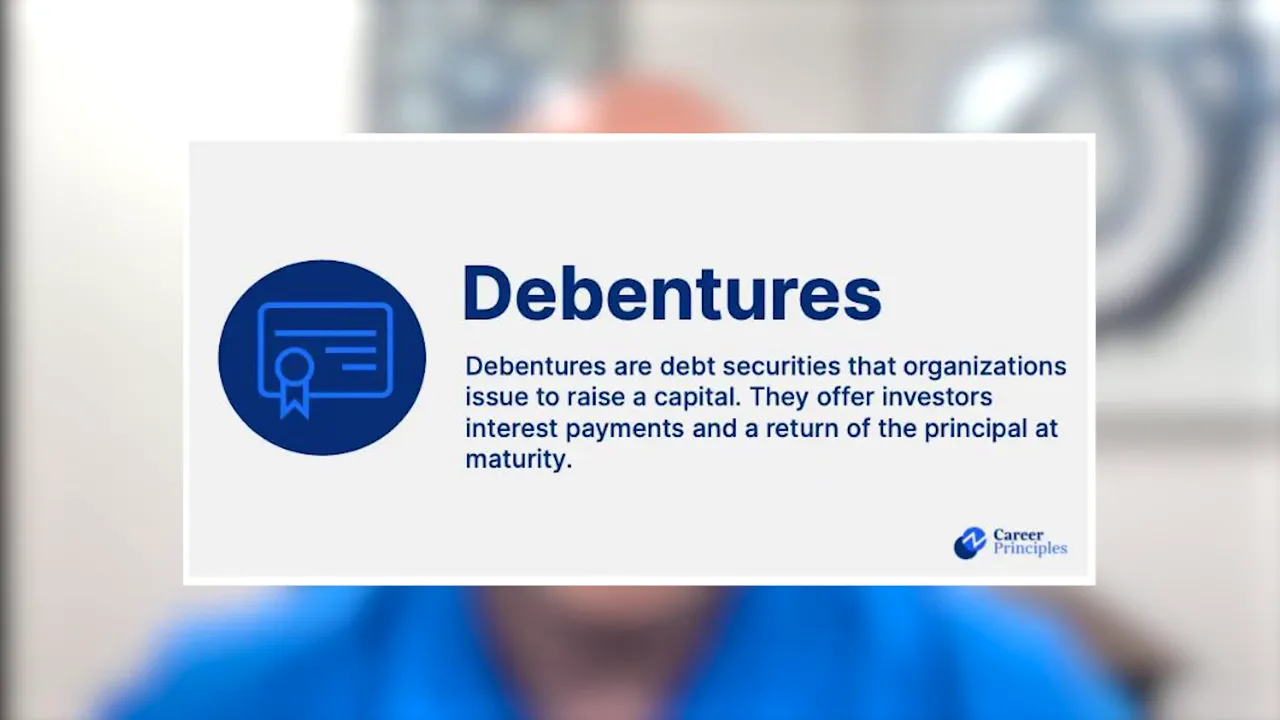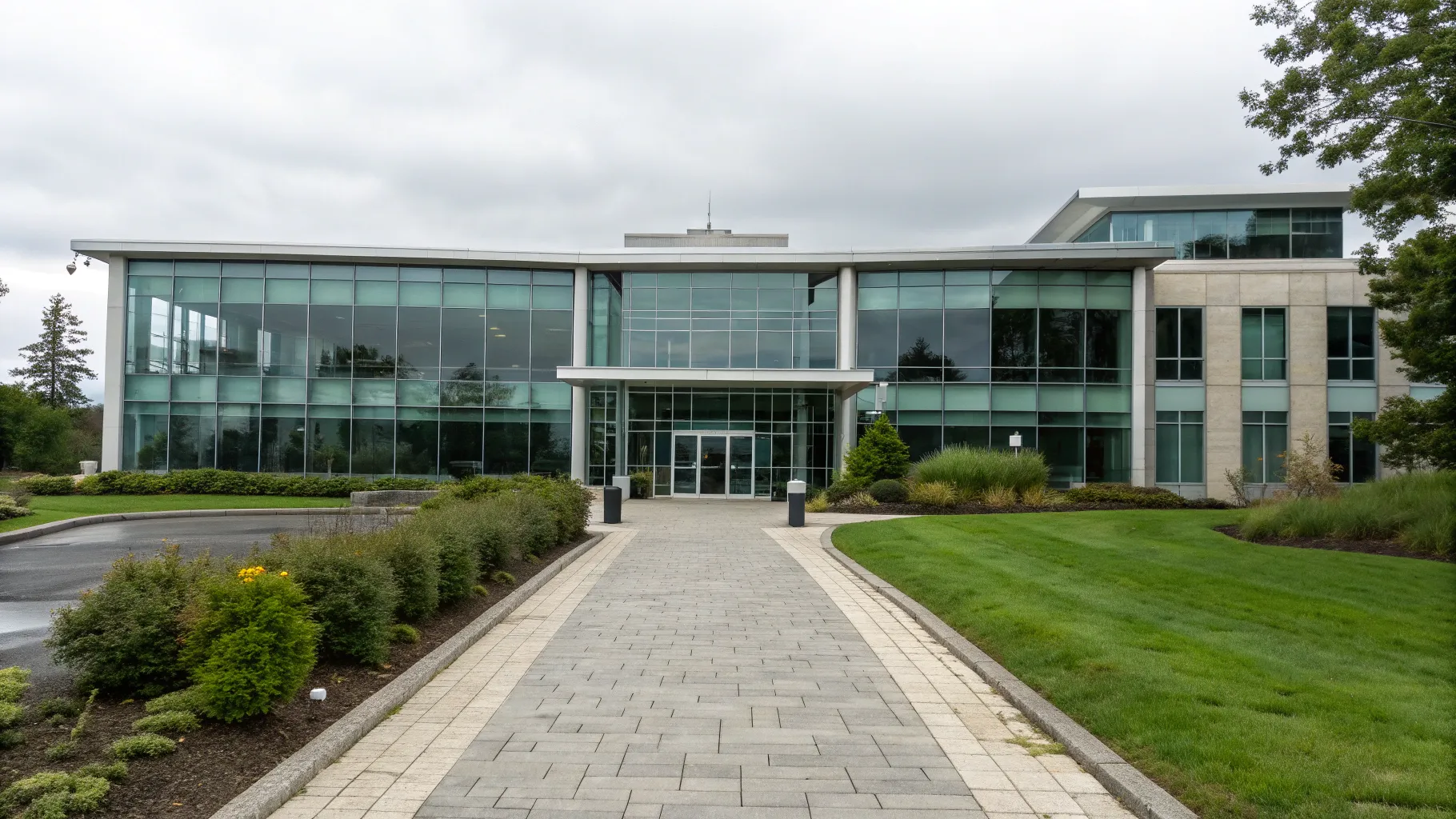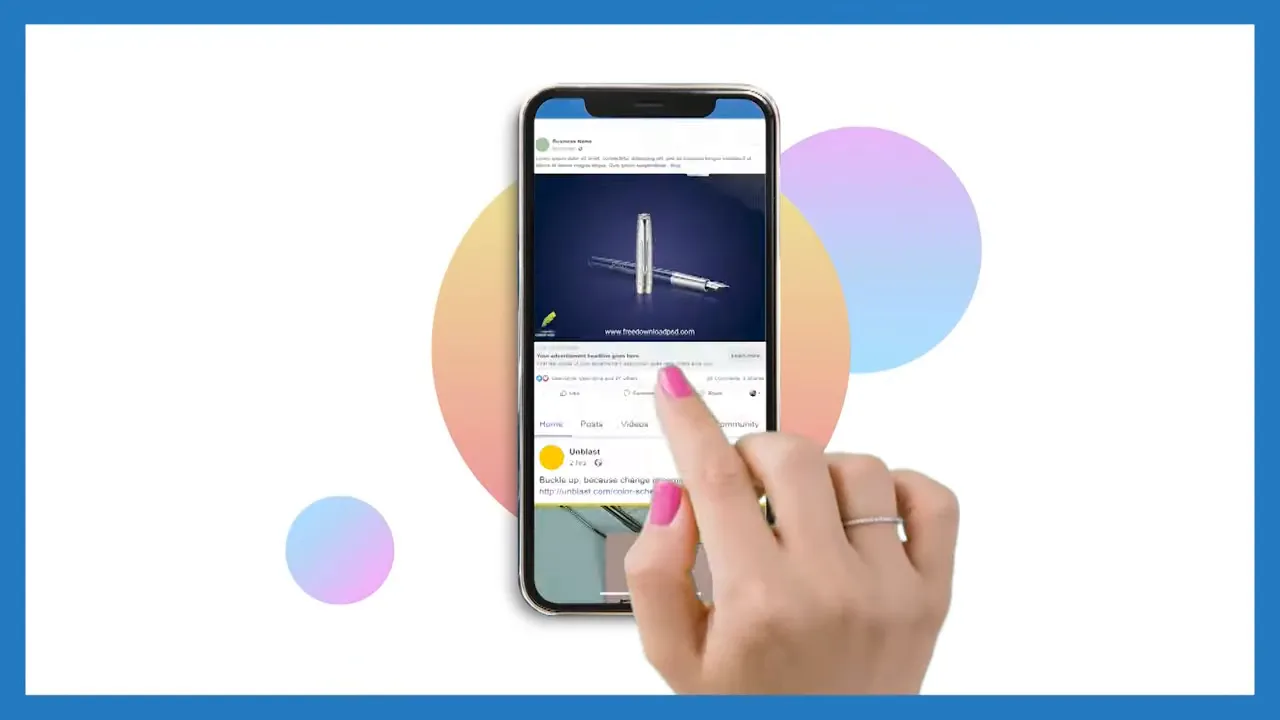Business Ownership Coach | Investor Financing Podcast is about helping entrepreneurs understand practical financing tools. The SBA 504 loan is one of the most powerful vehicles for buying real estate, constructing owner-occupied facilities, or refinancing long-term fixed-rate debt. This article breaks down how the program is structured, where the interest rate certainty comes from, common financing limits, when a 7A loan might make more sense, and how to navigate lender preferences so your deal actually closes.
How the SBA 504 Loan Is Structured

The SBA 504 is a three-party financing structure comprised of a senior loan from a bank or private lender, a CDC-backed junior loan (the 504 piece), and usually the borrower’s equity contribution. A simple way to remember it: there are two loans working together. The senior lender commonly funds the interim construction draws and the junior loan sits behind that until the SBA debenture is issued.
For construction projects, banks typically fund both the senior and the interim junior pieces during build-out. Once the project reaches certificate of occupancy, the debenture process finishes and the CDC-backed portion is sold into the secondary market. That sale locks in a long-term fixed rate on the junior piece for the remaining 25-year term.
Debenture Timing and Fixed-Rate Certainty

The debenture is the turning point. Once the debenture closes, the junior loan converts into a fixed-rate, 25-year amortizing loan. That fixed rate is determined on the date the debenture is issued. For example, a debenture issued at a 25-year term will lock that rate for the life of the CDC portion. If you are buying an existing building, expect the debenture to occur roughly 30 to 45 days after closing—banks will carry the interim piece until the sale completes.
Understanding when the debenture will be issued helps you plan cash flow and interest exposure during construction or interim ownership.
Typical Financing Limits and Haircuts
On acquisitions the SBA allows up to 90% financing of total project costs in many cases. Using a $1,000,000 example, that could break down into $500,000 from the senior lender and $400,000 from the CDC/SBA 504 junior loan, with the borrower providing the remaining 10% as equity.
Startups face a 5% haircut, meaning maximum financing typically drops to 85% of project costs. If the project is also deemed a special purpose property—think certain types of gas stations, some hospitality niches, or highly specialized real estate—another 5% haircut can apply. These rules are why sometimes a 7A makes more sense for certain deals.

Comparing SBA 504 and SBA 7A
The 504 offers long-term fixed-rate financing on the CDC portion and typically attractive rates for real estate-heavy deals. The 7A is more flexible for working capital, equipment, and certain special-purpose properties, and it can sometimes carry lower upfront costs.
One important structural difference: many 7A loans include a prepayment penalty on long-term terms, commonly a three-year declining prepayment penalty if the loan term exceeds 15 years. That can make refinancing strategies and future flexibility a factor in choosing the right program.
Negotiating the Senior Loan and Structuring Deals

The senior loan rate and amortization are negotiated between borrower and lender. Options can include 20-, 25-, or 30-year amortizations and, in some cases, interest-only periods during construction. Banks vary widely in appetite. Some are comfortable with hospitality projects only if they are branded, while others will avoid motels or campgrounds entirely.
That makes lender selection critical. Structuring creatively—mixing amortizations, timing interest-only draws, or matching bank preferences to asset types—can be the difference between a smooth close and a stalled deal.

Finding the Right Bank and the Role of a Consultant
Matching your project to lenders who actually like your asset class is a specialized skill. A consultant or advisor who understands which banks embrace certain property types and which banks will not under any circumstance helps streamline the process. Many advisors work on referral or consulting fees from lenders, allowing borrowers to access expert placement assistance without direct out-of-pocket advisory fees.
Advisors also help anticipate issues, such as special-purpose classifications, startup haircuts, and interim funding logistics, so you can position your project for the best outcome.
When to Consider Refinancing or Using 7A to Refi into 504
Refinancing a 7A into a 504 can be an effective strategy when long-term fixed-rate financing is the goal. A 7A into another 7A with a lower margin can also make sense when margins compress and you want flexibility without moving into the CDC structure. Use cases include rent replacement, expansion capital, or taking advantage of a lower debenture rate to lock long-term costs.
Timing matters. If you are approaching certificate of occupancy, a construction phase, or a planned acquisition, line up lender conversations early so debenture timing and interim funding are coordinated.
Practical Next Steps

Start by documenting your project budget, timeline to certificate of occupancy (if applicable), and whether the property is owner-occupied. That information quickly determines whether the SBA 504, the 7A, or a hybrid strategy will best serve your goals.
If you want help sorting lender preferences, structuring terms, or exploring refinance scenarios, working with a specialist who navigates the SBA universe can accelerate results. The combination of a clear strategy and the right lender match is often the fastest route to closing.
